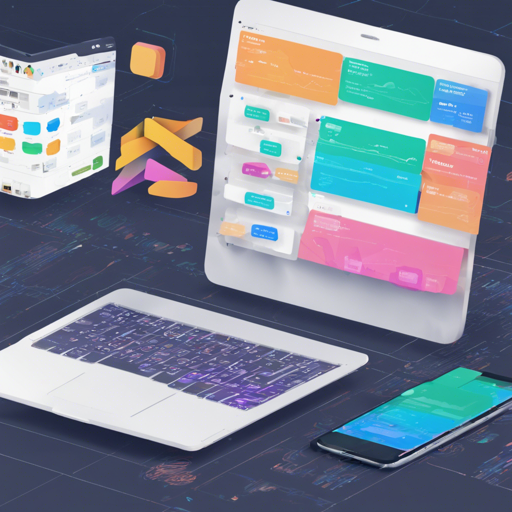If you’re diving into Flutter development, the Riverpod package is a must-have. It’s a reactive caching and data-binding framework that simplifies handling asynchronous code. This article will guide you through the essentials of using Riverpod in your Flutter projects with ease.
What is Riverpod?
Riverpod is robust and enhances the Provider package by introducing a more straightforward and scalable approach to state management in Flutter apps. It seamlessly handles errors and loading states, allowing you to focus more on your app’s logic rather than boilerplate code.
Getting Started with Riverpod
Here’s a simple guide to get you rolling:
- Install Riverpod: Add Riverpod to your dependencies in your
pubspec.yamlfile:
dependencies:
flutter_riverpod: ^latest_version@riverpod annotation to create an asynchronous function for fetching data. For example:@riverpod
Future boredSuggestion(BoredSuggestionRef ref) async {
final response = await http.get(
Uri.https('boredapi.com', 'api/activity'),
);
final json = jsonDecode(response.body);
return json['activity']! as String;
} class Home extends ConsumerWidget {
@override
Widget build(BuildContext context, WidgetRef ref) {
final boredSuggestion = ref.watch(boredSuggestionProvider);
return switch (boredSuggestion) {
AsyncData(:final value) => Text(data: '$value'),
AsyncError(:final error) => Text(error: '$error'),
_ => const Text(loading),
};
}
}An Analogy to Understand Riverpod
Think of Riverpod as a well-organized library system:
- Libraries: Each library (or provider) contains a collection of resources (or state) that can be borrowed.
- Readers (Widgets): Widgets act like readers who come into the library to access books (data) whenever they need them.
- Book Retrieval: When a reader requests a book (fetching data), the librarian (Riverpod) efficiently retrieves it. If the book is currently checked out (loading state), the librarian will let the reader know rather than keeping them waiting in confusion.
- Error Handling: If the reader realizes that the book is dusty and needs cleaning (error state), the librarian quickly provides a solution instead of leaving the reader in the lurch.
Troubleshooting Tips
While using Riverpod, you might encounter a few bumps along the way. Here are some troubleshooting ideas:
- Common Error Messages: If you see error messages related to state management, double-check that you’ve wrapped your app in the
ProviderScope. - Dependencies Issue: Ensure that you have the latest version of Riverpod installed by updating your
pubspec.yamlfile. - Data Not Displaying: Verify that your API endpoint is correct and reachable. You can also use debugging tools or check the console logs for network requests.
- If you need help or further assistance, don’t hesitate to reach out! For more insights, updates, or to collaborate on AI development projects, stay connected with fxis.ai.
Conclusion
Riverpod sets a solid foundation for state management in Flutter applications, making your code testable and scalable. Our guiding principle at fxis.ai is that such advancements are crucial for the future of AI, as they enable more comprehensive and effective solutions. Our team is continually exploring new methodologies to push the envelope in artificial intelligence, ensuring that our clients benefit from the latest technological innovations.
Feel free to contribute to the Riverpod project by reporting bugs or suggesting improvements. Your contributions could enhance the experience for many developers.

